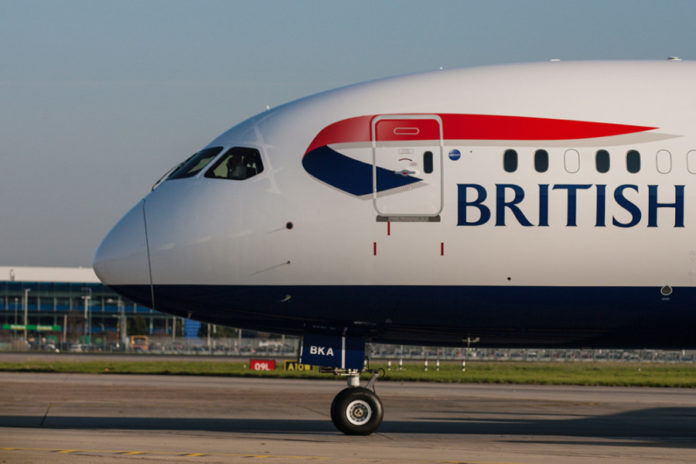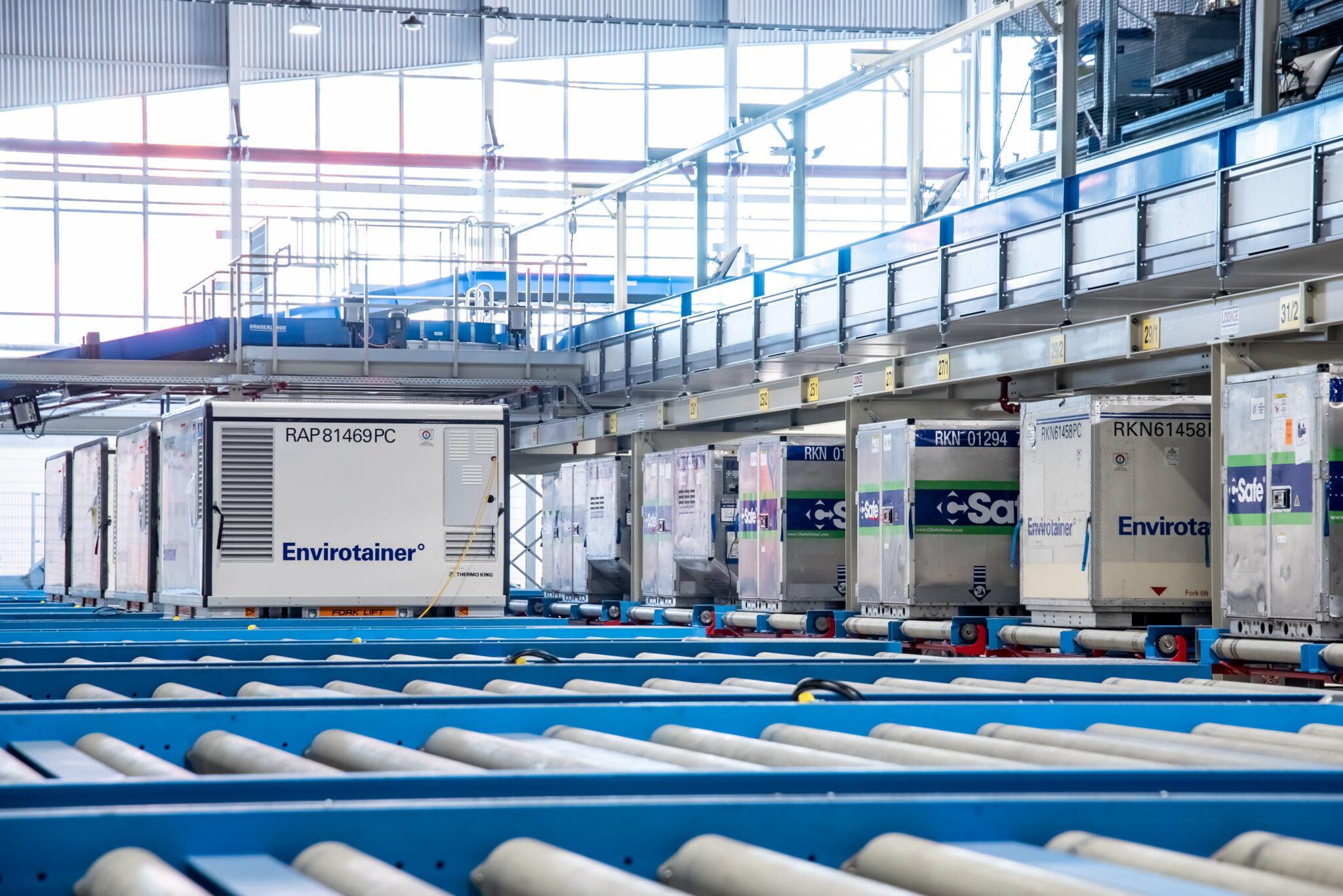

The growing middle class in India is driving demand for high end goods such as electronics, IAG Cargo regional commercial manager APAC, India & Middle East, Pravin Singh tells Air Cargo Week.
He says demand for consumer electronics, comprising mainly of smart phones, is being driven by the vast millennial population and growing middle class, while high end fashion and retail imports are growing as more big brands open stores in India.
Gold and jewels are also important imports, for conversion into finished jewellery within India and re-exported as well as to cater for growing domestic demand.
The automotive industry is also extremely important for India, Singh explains: “The boom in high end car ownership has meant we have seen a correlating increase in the shipment of automotive spare parts into India and we’ve also seen a rise in medical equipment imports for the growing medical industry.”
Ready made garments are a significant export from India and Sri Lanka, with ocean capacity constraints increasing demand for airfreight.
Other sectors have also performed well, Singh says: “Automotive and industrial spare parts have also seen high demand while pharmaceutical shipments continue to remain strong through our Constant Climate product. The second quarter was buoyed by high volume perishable exports on the back of a bumper mango season from India.”
There has been high demand for expedited and time-sensitive freight across India and Sri Lanka, Singh comments: “We have seen double digit year on year growth across our premium business including our time sensitive product, Prioritise, our temperature sensitive product Constant Climate and Critical our emergency, must fly offering.”
This has been helped by limited ocean freight capacity, Singh says: “This strong performance is a result of both constrained ocean capacity and general increased demand for Indian-originating freight. Unusually strong trading conditions have seen ocean carriers divert capacity, causing constraints which have in turn been served by air freight.”
Singh expects the Indian and Sri Lankan markets to continue growing as governments create a better trading environment and improve infrastructure to retain their competitive edge and boost exports.
He admits infrastructure remains a key challenge, though says the Indian government is making investments and taking action to help boost exports.
Singh says: “The recently introduced GST (Goods and Services Tax) aims to remove complexity and create a uniform and standard application which is expected to create greater efficiencies.”
India’s national civil aviation policy made reference to air cargo for the first time in 2016, detailing initiatives designed to promote growth in the air cargo sector and aligned to the government’s ‘Make in India’ initiative.
Singh comments: “This a positive sign that the Indian government recognises the value that air cargo offers in terms of boosting India’s export capabilities.”
He is confident about ‘Make in India’ increasing manufacturing and leading to higher demand for Indian produced goods, saying: “From our perspective we will look to support this growth market, creating bespoke products that help deliver on our customers’ needs.”













